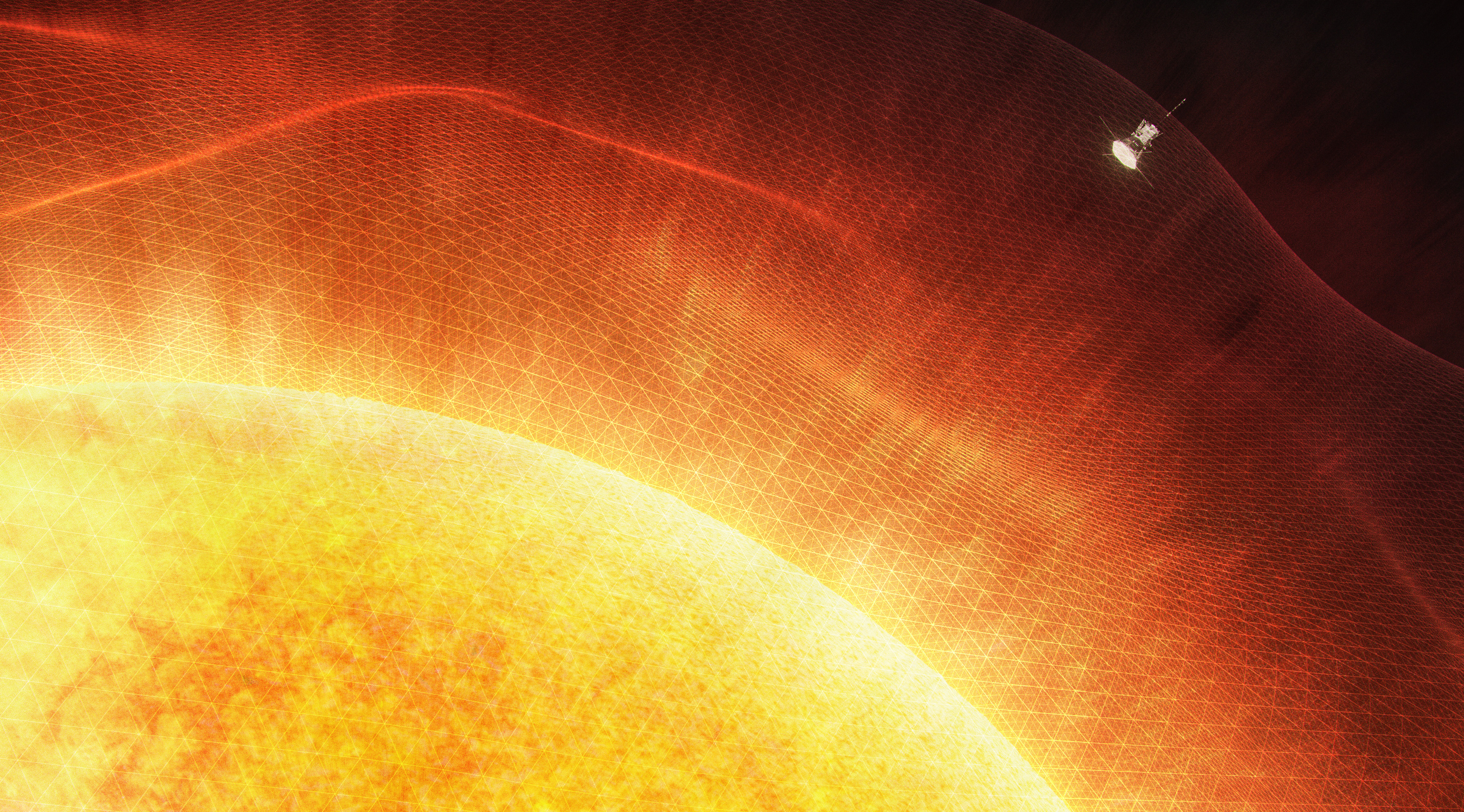NASA’s Parker Solar Probe made history Tuesday morning when it flew through the atmosphere of the Sun, becoming the closest human-made object to reach a star.The spacecraft was launched in Aug. 2018 with the mission to help further our understanding of our solar system’s star by taking samples of its atmosphere, according to NASA.Its flyby on Christmas Eve was its latest and closest approach to the star, occurring at 6:53 a.m. EST at 3.8 million miles above the Sun’s surface.During this approach, the spacecraft will dive through plumes of plasma still attached to the Sun. According to NASA, this is close enough to pass inside a solar eruption, similar to a surfer duck-diving under an ocean wave.Scientists will be unable to communicate with Parker until Dec. 27, when it will send another signal to confirm its status.NASA’S PARKER SPACE PROBE COMPLETES FINAL VENUS FLYBY BEFORE KISS WITH THE SUNBy the end of Jan. 2025, Parker will have a clear view of Earth, allowing it to start sending data it gathered from the Sun back to scientists, according to NASA.To study the Sun like no other spacecraft before, the Parker Solar Probe has a 4.5-inch-thick carbon-composite shield built to withstand temperatures of up to 2,500 degrees Fahrenheit.”This is a major engineering accomplishment,” said NASA Parker Solar Probe Project Scientist Adam Szabo.The spacecraft already made history in Dec. 2021, when it became the first spacecraft to fly through the Sun’s upper atmosphere.HOW TO WATCH FOX WEATHERIn the time since, Parker has made more than 20 orbits around the Sun, propelled by flybys of Venus. Because of these flybys, Parker has been able to gather information about Venus and even came within 233 miles of its surface.
/
December 24, 2024
NASA’s Parker Solar Probe makes historic Christmas Eve flight through Sun’s atmosphere







